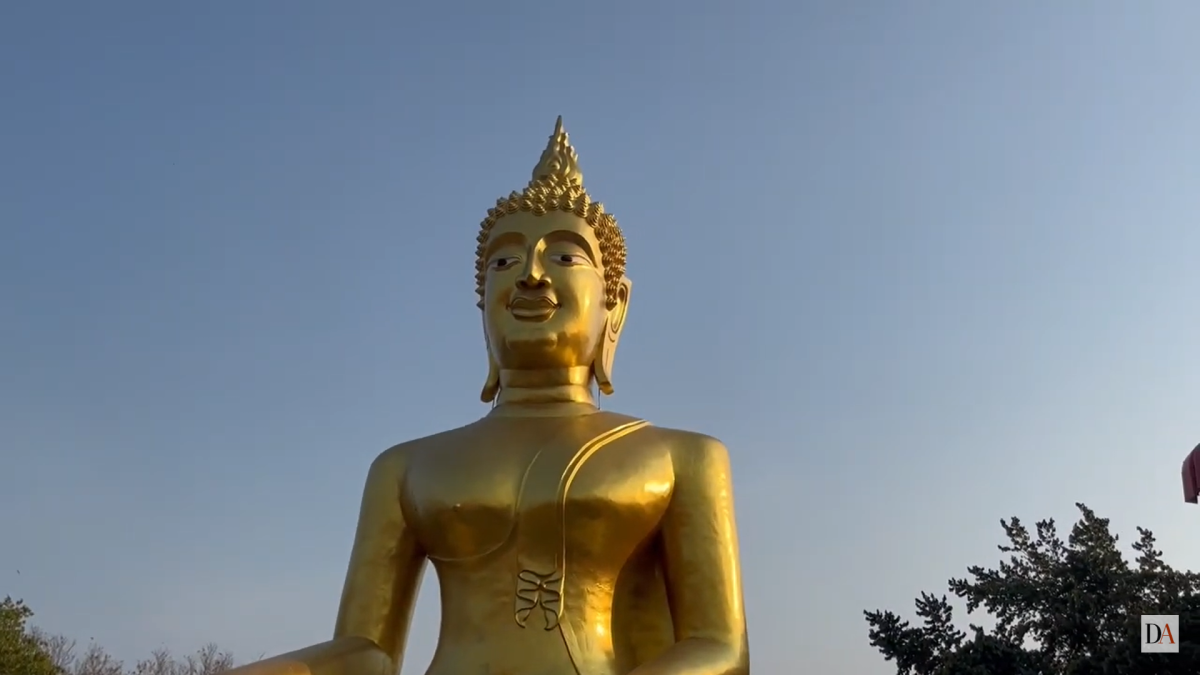 By Maggie GraingerStaff Writer
By Maggie GraingerStaff Writer
As an avid theater-goer and supporter of performing arts, I wasintrigued when I heard the San Diego Museum of Art was opening anexhibit of Noh theater costumes.
Noh theater – which originated in Japan around the 1400s – wasvery popular among esteemed members of the Japanese elite society.Noh, which means accomplishment or skill, is a type of traditionalJapanese theater, which combines narrated stories, poems and songswith elaborate masks and costumes.
Much work goes into the making of each of the robes used during aNoh performance. Using silk, dyes and intricate stitching techniquesthe costumer weaves a story into each piece of work. Most Noh playsdeal with similar characters: gods, demons, warriors and courtiers.Traditionally, the actors who perform in Noh theater are all men,even in today’s modern traditions. These performers never show theirfaces during the performance, as they change into a variety ofdifferent masks to convey their character’s wide range of emotions.
As for the performance itself, each Noh play has the same basicstage setting, which consists of a bare backdrop with a singlestylized pine tree in the background. Therefore, it is the job of thecostumes to convey not only the mood, but also the setting of theperformance to the audience.
Wandering through SDMA’s display, the public has a chance to seesome of these artistic creations up close and personal. The silkrobes themselves are breathtaking. Each one is slightly differentfrom the next, depending on what character it is representing.Warriors and courtiers tend to have gold or silver designs and areusually decorated with flowers or axes. Gods, on the other hand, weardetailed cloaks over pants with geometric forms decorating itssurface. Each costume is a masterpiece of design and the dedicationand skill of the craftsmen can be seen in each individual piece.
The exhibit was made possible through the Yamaguchi Noh CostumeResearch Center in Kyoto, Japan. The center focuses solely on thecostumes of Noh theater. Since this art form was virtually dead forover a century, the center has done extensive research on the silk,dyes and techniques used by the ancient Japanese in order to recreatethese magnificent pieces of artwork for modern audiences.
Besides displaying both ancient and modern robes, Sculpture inSilk: Costumes from Japan’s Noh Theatre will also be displayingtraditional Noh face masks, headbands and wristbands. The silkexhibit is located at the San Diego Museum of Art in Balboa Park andwill be on display from now until Jan. 25, 2004.
– For more information about SDMA’s Sculpture in Silk exhibit,visit www.sdmart.org.






